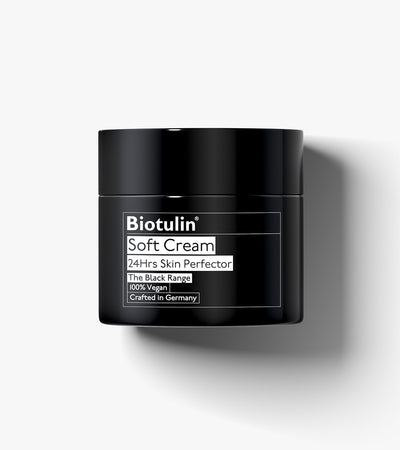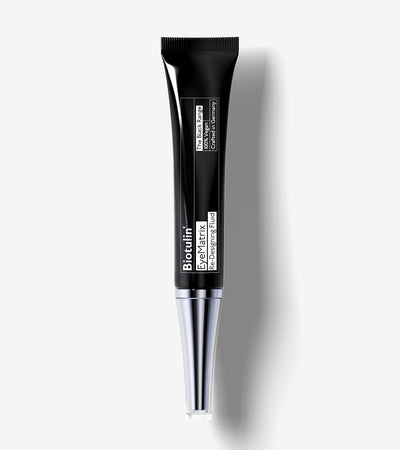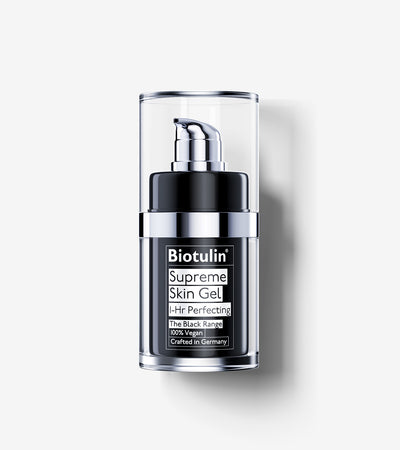Overview/Definition
Caprylyl glycol is a versatile ingredient commonly found in skincare and hair care products. Derived from caprylic acid, a fatty acid present in various natural sources such as coconut oil, palm oil, and the milk of some mammals, caprylyl glycol serves multiple functions in cosmetic formulations. It is synthesized through a process involving the oxidation of alkylene oxide, resulting in a colorless liquid with a mild, sweet scent. This ingredient is valued for its ability to enhance the texture and spreadability of products, making them easier to apply evenly across the skin. Additionally, caprylyl glycol acts as a humectant, drawing moisture to the skin and helping to retain it, which contributes to a plumper and smoother complexion. Its antimicrobial properties also make it an effective preservative, extending the shelf life of products by preventing the growth of bacteria and other microorganisms. Despite being an alcohol, caprylyl glycol does not have the drying effects typically associated with alcohols like ethanol. Instead, it helps to soften the skin and support a healthy skin barrier. Overall, caprylyl glycol is a multifunctional ingredient that plays a crucial role in maintaining the quality and effectiveness of skincare products.
Function in Skincare
Caprylyl glycol serves several important functions in skincare:
- Humectant: It attracts and retains moisture, helping to hydrate the skin and keep it plump and smooth.
- Emollient: It softens the skin and supports a healthy skin barrier, enhancing the skin's overall texture.
- Preservative: Its antimicrobial properties help prevent the growth of bacteria and other microorganisms, extending the shelf life of products.
- Emulsifier: It aids in binding water and oil, improving the structure and stability of skincare formulations.
- Texture Enhancer: It improves the spreadability of products, allowing for even application and better coverage.
Skin Type Suitability
Caprylyl glycol is suitable for various skin types, including:
- Dry Skin: Its humectant properties make it particularly beneficial for dry skin, as it helps to attract and retain moisture.
- Sensitive Skin: It is generally considered safe and gentle, making it suitable for sensitive skin types. However, a patch test is recommended to check for any potential irritation.
- Oily Skin: While it hydrates the skin, it does not contribute to oiliness, making it suitable for oily skin types as well.
- Aging Skin: Its ability to plump and smooth the skin can help address concerns related to aging, such as fine lines and wrinkles.
Benefits
Caprylyl glycol offers several specific benefits for the skin:
- Enhances skin hydration and moisture retention.
- Improves skin texture and smoothness.
- Supports a healthy skin barrier.
- Extends the shelf life of skincare products.
- Enhances the penetration of other beneficial ingredients in skincare formulations.
Supporting scientific studies have shown that caprylyl glycol is safe and effective in its current uses in cosmetic products. A 2012 assessment by the Cosmetic Ingredient Review Expert Panel concluded that caprylyl glycol is safe in the concentrations typically used in skincare products.
Potential Side Effects or Risks
While caprylyl glycol is generally considered safe, there are a few potential risks and side effects to be aware of:
- Some individuals may experience skin irritation or sensitivity, although this is less likely at the low concentrations typically used in skincare products.
- Caprylyl glycol can enhance the penetration of other ingredients in skincare formulations, which could potentially alter their effects or render them unsafe if not designed for deeper skin penetration.
It is recommended to perform a patch test before incorporating new products containing caprylyl glycol into your skincare routine to check for any adverse reactions.
Usage in Skincare Products
Caprylyl glycol is commonly found in a wide range of skincare products, including:
- Moisturizers
- Masks
- Cleansers
- Foundations
- Bronzers
- Lipsticks
- Sunscreens
- Shampoos and conditioners
It is typically used in low concentrations, where it effectively enhances the texture, spreadability, and shelf life of products.
How it’s used
To incorporate products containing caprylyl glycol into your skincare routine, follow these best practices:
- Perform a patch test before using new products to check for any potential irritation.
- Apply products evenly across the skin, taking advantage of caprylyl glycol's ability to improve spreadability.
- Use products as directed, gradually increasing frequency of use to allow your skin to adapt to new ingredients.
- Complementary ingredients that work well with caprylyl glycol include other humectants like glycerin and hyaluronic acid, as well as emollients and antioxidants.
Scientific Studies/Research
Several scientific studies support the safety and efficacy of caprylyl glycol in skincare products. A 2012 assessment by the Cosmetic Ingredient Review Expert Panel concluded that caprylyl glycol is safe in its current uses. Additionally, research has shown that caprylyl glycol can enhance the penetration of other ingredients, potentially boosting their effectiveness.
Other Names/Synonyms
Caprylyl glycol may also be listed under the following names:
- 1,2-Octanediol
- Octane-1,2-diol
Sustainability/Environmental Impact
Caprylyl glycol can be derived from natural sources such as coconut oil and palm oil, making it a potentially sustainable ingredient. However, the environmental impact can vary depending on the sourcing and production methods used. It is important to look for products that use responsibly sourced caprylyl glycol and are certified as vegan or cruelty-free.
Fun Facts
Caprylyl glycol's versatility makes it a popular ingredient not only in skincare but also in hair care products, where it adds shine and reduces hair fall. Its multifunctional properties contribute to its widespread use in the cosmetics industry.





